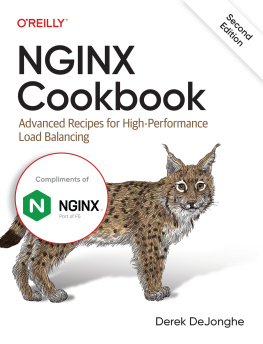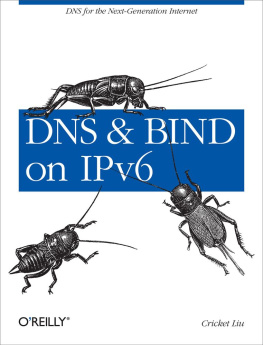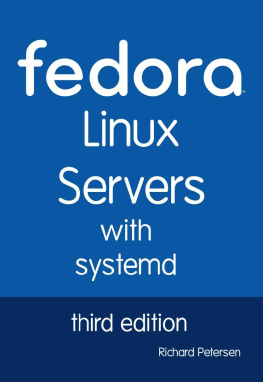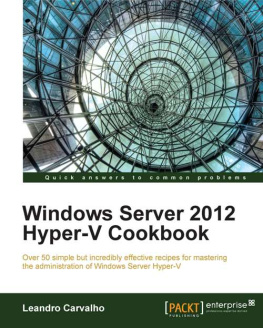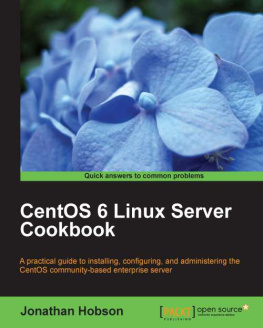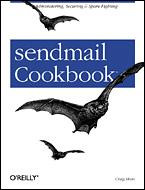Supplemental files and examples for this book can be found at http://examples.oreilly.com/9780596004101/. Please use a standard desktop web browser to access these files, as they may not be accessible from all ereader devices.
All code files or examples referenced in the book will be available online. For physical books that ship with an accompanying disc, whenever possible, weve posted all CD/DVD content. Note that while we provide as much of the media content as we are able via free download, we are sometimes limited by licensing restrictions. Please direct any questions or concerns to .
Preface
Im a pretty good casual Scrabble player. Not a great one, mind you, but good enough so that close friends and family dont much like playing with me. (My sister claims that she doesnt like to play with me because I always cheated when we played games as kids, but I have no recollection of that.) I have a decent-sized vocabulary, Im a good speller, and Ive been doing the New York Times Crossword since I worked at HP and my manager, Lee, taught me the basics, so I now know all kinds of otherwise-useless crossword-puzzle words. But Im still far from a great player.
A friend of mine, whos among the brightest people I know, told me about a friend of his whos a top competitive Scrabble player. Hed never played him before, so he challenged him to a game one day. On his second turn, my friend had six common letters in his rack, UDINTS, plus the blank (which, for those of you uninitiated in the ways of Scrabble, can be used as any letter). He was sure there were plays that would let him bingo -- play all seven of his letters and earn a coveted 50 point bonus.
He told his opponent as much, who replied, Well, let me see! After looking over the tiles for a moment, he said, Oh, yeah, there are at least 15 bingos there. Somewhat incredulously, my friend said, Yeah, right. What are they? To which his opponent replied, You could make your blank any of AEFILMQRGNU, and make any of the following across the E:
| Making it an A: AUDIENTS |
| Making it an E: DETINUES |
| Making it an F: UNSIFTED |
| Making it an I: NUDITIES, DISUNITE, or UNTIDIES |
| Making it an L: UNLISTED, INSULTED, or DILUENTS |
| Making it an M: MISTUNED |
| Making it a Q: SQUINTED |
| Making it an R: INTRUDES |
| Making it an G: DUNGIEST |
| Making it an N: DUNNITES |
| Making it a U: UNSUITED |
Now, this guy wasnt so quick with anagrams that he came up with all of these on the fly. No, he knew a Scrabble mnemonic device -- a recipe, if you will -- for remembering them all: finding the anagram DUNNITES, he remembered the magic sentence A fire quelling material, any of whose letters can be added to UDINTS and E to make a bingo. Of course, he did have to come up with the anagrams of each combination of letters, which is no mean feat. (Dunnite, ironically, is the name of a high explosive -- not exactly the stuff to be smothering the ol campfire with.)
] In my brain, too much valuable space is wasted remembering which country the ccTLD fm belongs to (the Federated States of Micronesia, and I swear I didnt have to look it up) to commit stuff like that to memory.
Now, many name server administrators have a good grasp of the basics of DNS theory and name server configuration -- theyre fluent. But to be a complete administrator, you also need a set of commonly (and not-so-commonly) used BIND configurations. Then, when the occasion arises, you can bingo and impress the boss. Or go home early. Whichever.
Unlike Scrabble players, you dont need to hold all this in your head. I often pop open DNS and BIND (OReilly & Associates) to check the syntax of some less-common named.conf substatements, so I certainly dont expect everyone to remember all of the nuances of BIND configuration. And while I think DNS and BIND is a good book for learning about DNS theory and BIND configuration, I must admit its somewhat less useful as a reference than as a tutorial. Sometimes you just dont feel up to slogging through a whole chapter to figure out how to set up classless in-addr.arpa delegation, and you cant find the answer youre looking for in the relevant mailing lists -- or youre uncertain of the answer you do find.
This book is designed to round you out as a name server administrator by showing you just what you can do with BIND and how to do it, from the straightforward (the 10 English words with a Q but no U) to the intricate (all the bingos you can make with SATINE plus a blank).
This book expressly doesnt concentrate on DNS theory. For that, Id (not surprisingly) recommend DNS and BIND. Without an understanding of the theory behind DNS, youre like the Southeast Asian Scrabble players who memorize the spelling -- but not the meaning or pronunciation -- of tens of thousands of English words: all syntax, no semantics.
As in other OReilly Cookbooks, the chapters in this book begin with simpler recipes and progress toward the more complex. The simpler recipes should be useful to anyone with a basic knowledge of DNS, while the more advanced may come in handy to even seasoned hostmasters. Each recipe starts with an explanation of a problem and a concise solution to that problem, followed by a more detailed explanation of the solution and, often, variations. At the end, youll find references to other, related recipes and more complete coverage of the topics in DNS and BIND and elsewhere.
Platform and Version
This book covers both BIND 8 and 9 name servers. The latest versions of these name servers as of this books publication were 8.3.3 and 9.2.1. Thanks to the availability of early snapshots of BIND 9.3.0, Ive been able to include a few peeks at its features.
When a feature Ive described is only available in a particular version of BIND, Ive tried to note that in the recipe. In general, however, Id recommend running the latest released version of BIND 8 or 9.
I run my name servers on FreeBSD (currently the 4.5 release), so many of the examples are drawn from that operating system.
[] For a fascinating account of the process of becoming a competitive Scrabble player, see Stefan Fatsiss excellent book, Word Freak.
Organization
, covers configuring BIND 8 and 9 name servers, from setting a name servers working directory to serving multiple views of a single zone.
, describes both how to establish and police delegation from your zone to its subzones, and how to manage the delegation to your zone from its parent.
The last five chapters deal with more specialized topics. , covers IPv6: setting up a name server to respond to IPv6-based queries, and handling the forward- and reverse-mapping of hosts with IPv6 addresses.
Audience
This book is intended primarily for system and network administrators who manage zones and one or more BIND name servers. However, the recipes in certain chapters may be of interest to a broader audience:
Postmasters working with DNS may benefit from the recipes in .
Programmers (particularly Perl programmers) may find the recipes in the second half of useful for learning how to send DNS queries and updates.


